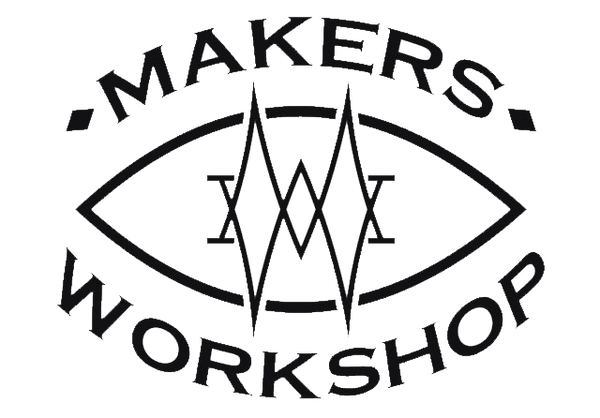Large format printing is a specialized printing technique that allows you to create high-quality prints on a larger scale. Whether you're printing banners, posters, or signage, it's important to follow certain tips and best practices to ensure the best results. In this blog post, we will share some valuable tips for large format printing that will help you achieve professional-looking prints every time.
1. Choose the Right Resolution
When it comes to large format printing, resolution is key. The higher the resolution, the better the quality of your prints. Aim for a resolution of at least 300 dots per inch (dpi) to ensure sharp and clear images. This will help prevent pixelation and ensure that your prints look professional.
2. Use High-Quality Images
Before sending your files for printing, make sure to use high-quality images. Low-resolution images may appear blurry or pixelated when enlarged. Opt for high-resolution images that are specifically designed for large format printing. This will ensure that your prints look crisp and vibrant.
3. Consider Color Management
Color accuracy is crucial in large format printing. To ensure consistent and accurate colors, it's important to calibrate your monitor and use color profiles. This will help you achieve the desired color output and avoid any discrepancies between what you see on your screen and the final printed result.
4. Pay Attention to File Formats
When preparing your files for large format printing, it's important to use the correct file formats. Most printers prefer PDF files as they preserve the original formatting and ensure that the fonts and images are embedded. Avoid using JPEG or PNG files, as they may result in loss of quality.
5. Allow for Bleed and Margins
When designing your prints, it's essential to include bleed and margins. Bleed refers to the area beyond the final trim size, which ensures that there are no white edges when the print is trimmed. Margins, on the other hand, are the safe zones where important elements should be placed to avoid being cut off. Be sure to follow the printer's guidelines for bleed and margin sizes.
6. Test Print Before Final Production
Before printing a large batch of prints, it's always a good idea to do a test print. This will allow you to check the colors, resolution, and overall quality of the print. Make any necessary adjustments and retest until you are satisfied with the results. This will help you avoid costly mistakes and ensure that the final prints meet your expectations.
7. Choose the Right Printer and Materials
Investing in a high-quality printer and using the right materials can make a significant difference in the final output. Consider the type of prints you will be producing and choose a printer that is specifically designed for large format printing. Additionally, select the appropriate materials, such as paper or vinyl, based on the intended use and environment.
8. Properly Store and Handle Prints
Once your prints are ready, it's important to handle and store them properly to maintain their quality. Avoid touching the printed surface with bare hands, as this can leave fingerprints or smudges. Store your prints in a cool, dry place away from direct sunlight to prevent fading or damage.
By following these tips for large format printing, you can ensure that your prints turn out professional-looking and visually appealing. Remember to always consult with a printing professional for specific recommendations and guidelines based on your unique printing needs.

